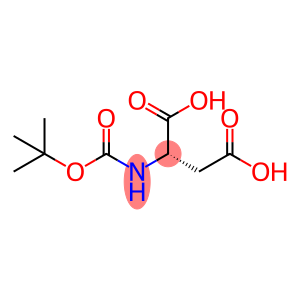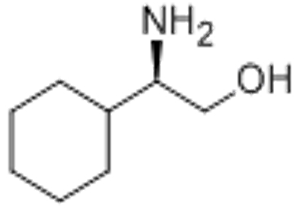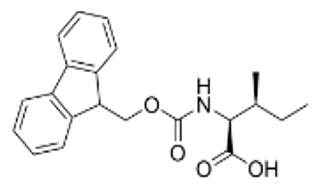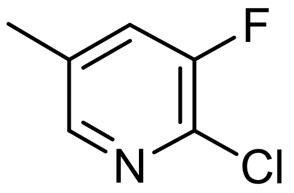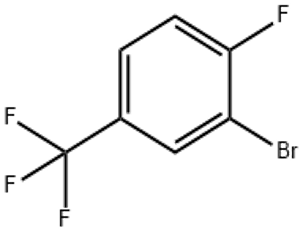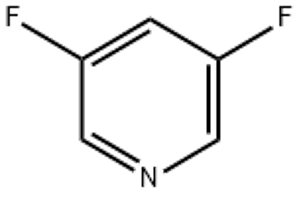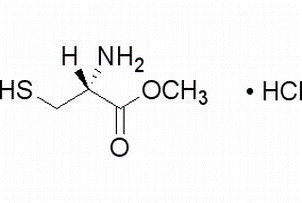N-(tert-Butoxycarbonyl)-L-aspartic acid (CAS# 13726-67-5)
Risk and Safety
| Hazard Symbols | Xn – Harmful |
| Risk Codes | R20/21/22 – Harmful by inhalation, in contact with skin and if swallowed. R36/37/38 – Irritating to eyes, respiratory system and skin. |
| Safety Description | S26 – In case of contact with eyes, rinse immediately with plenty of water and seek medical advice. S36 – Wear suitable protective clothing. S24/25 – Avoid contact with skin and eyes. |
| WGK Germany | 3 |
| HS Code | 2924 19 00 |
N-(tert-Butoxycarbonyl)-L-aspartic acid (CAS# 13726-67-5) Introduction
Boc-L-aspartic acid is an organic compound commonly used as a protecting group in peptide synthesis. Its chemical formula is C13H19NO6 and its molecular weight is 293.29. Boc represents N-tert-butoxycarbonyl.
Boc-L-aspartic acid mainly has the following properties:
1. Appearance: colorless crystalline powder;
2. melting point: about 152-155 ℃;
3. Solubility: Soluble in some organic solvents, such as dimethyl sulfoxide and dichloromethane, insoluble in water;
4. stability: decomposition may occur in case of strong oxidant and light.
The main use of Boc-L-aspartic acid is as a protecting group in peptide synthesis. It protects the amine group on the side chain of L-aspartic acid to prevent undesired reactions. During peptide synthesis, Boc-L-aspartic acid reacts with other amino acids or peptide segments to form new peptide chains. After completion of the synthesis, the protecting group may be removed by acid treatment to obtain the target peptide or protein.
Boc-L-aspartic acid is generally prepared by known synthetic methods. Briefly, L-aspartic acid can be synthesized by reacting L-aspartic acid with t-Boc-L acid and dimethylformamide. Specific synthetic methods can be found in the relevant chemical literature.
Regarding safety information, you need to pay attention to the following points:
1. Boc-L-aspartic acid is a chemical substance with certain toxicity. Appropriate protective measures should be taken during operation, such as wearing gloves, goggles and laboratory clothes;
2. avoid inhalation of powder or solution, avoid contact with skin and eyes;
3. When using and handling Boc-L-aspartic acid, it should be sealed and stored to avoid contact with oxidants and strong light;
4. When dealing with Boc-L-aspartic acid waste, it should be disposed of in accordance with local regulations.
Boc-L-aspartic acid mainly has the following properties:
1. Appearance: colorless crystalline powder;
2. melting point: about 152-155 ℃;
3. Solubility: Soluble in some organic solvents, such as dimethyl sulfoxide and dichloromethane, insoluble in water;
4. stability: decomposition may occur in case of strong oxidant and light.
The main use of Boc-L-aspartic acid is as a protecting group in peptide synthesis. It protects the amine group on the side chain of L-aspartic acid to prevent undesired reactions. During peptide synthesis, Boc-L-aspartic acid reacts with other amino acids or peptide segments to form new peptide chains. After completion of the synthesis, the protecting group may be removed by acid treatment to obtain the target peptide or protein.
Boc-L-aspartic acid is generally prepared by known synthetic methods. Briefly, L-aspartic acid can be synthesized by reacting L-aspartic acid with t-Boc-L acid and dimethylformamide. Specific synthetic methods can be found in the relevant chemical literature.
Regarding safety information, you need to pay attention to the following points:
1. Boc-L-aspartic acid is a chemical substance with certain toxicity. Appropriate protective measures should be taken during operation, such as wearing gloves, goggles and laboratory clothes;
2. avoid inhalation of powder or solution, avoid contact with skin and eyes;
3. When using and handling Boc-L-aspartic acid, it should be sealed and stored to avoid contact with oxidants and strong light;
4. When dealing with Boc-L-aspartic acid waste, it should be disposed of in accordance with local regulations.
Write your message here and send it to us


